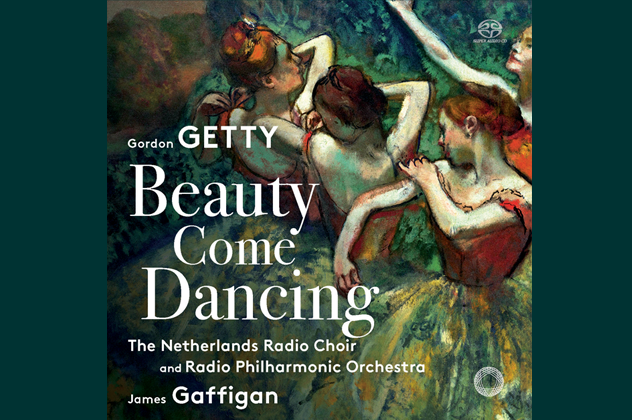“Getty’s setting of Ernest Dawson’s Cynara also uses a dark-sounding orchestral palette, and has an undercurrent of menace about it (mostly achieved via downward minor-key passages played by both the cellos and violins), but at a slower tempo and quieter volume. He is such a diverse composer that he knows, at this stage of his career, exactly how to gauge effects without making them sound contrived. I recommend this piece, and the preceding, to young contemporary composers as an example of how to be creative without being formulaic. This piece also includes a contrasting central section that is quieter, reflecting the words at that point, before becoming more aggressive and powerful.”
Lynn René Bayley, Beauty Come Dancing
The Art Music Lounge
Poet and novelist Ernest Christopher Dowson (1867-1900) is associated with the so-called Decadent Movement, whose aesthetic ideology of excess represents another facet of Getty’s inspirations. But the composer’s setting of “Cynara” for men’s chorus and chamber orchestra, though effectively dramatic, avoids the garish and honors the febrile longing in Dowson’s declamatory verse. “Unrequited love, love from afar, are themes of poetry that work for me,” Getty points out.
- For TB chorus or solo tenor and chamber orchestra
- Duration: 4:45
- Poem (Non sum qualis eram bonae sub regno Cynarae) by Ernest Christopher Dowson
Orchestration: piccolo, 2 flutes, 2 clarinets, bass clarinet, 2 bassoons, contrabassoon, harp, 1 keyboard, strings
Perusal score and text available upon request
Stream Cynara on the album: Beauty Come Dancing
Reviews
“Dowson’s Cynara … show the composer’s range, their darker undertones bringing out searching harmonies and original, descriptive orchestration, … ”
Records International, Beauty Come Dancing
September 2018 Catalogue
